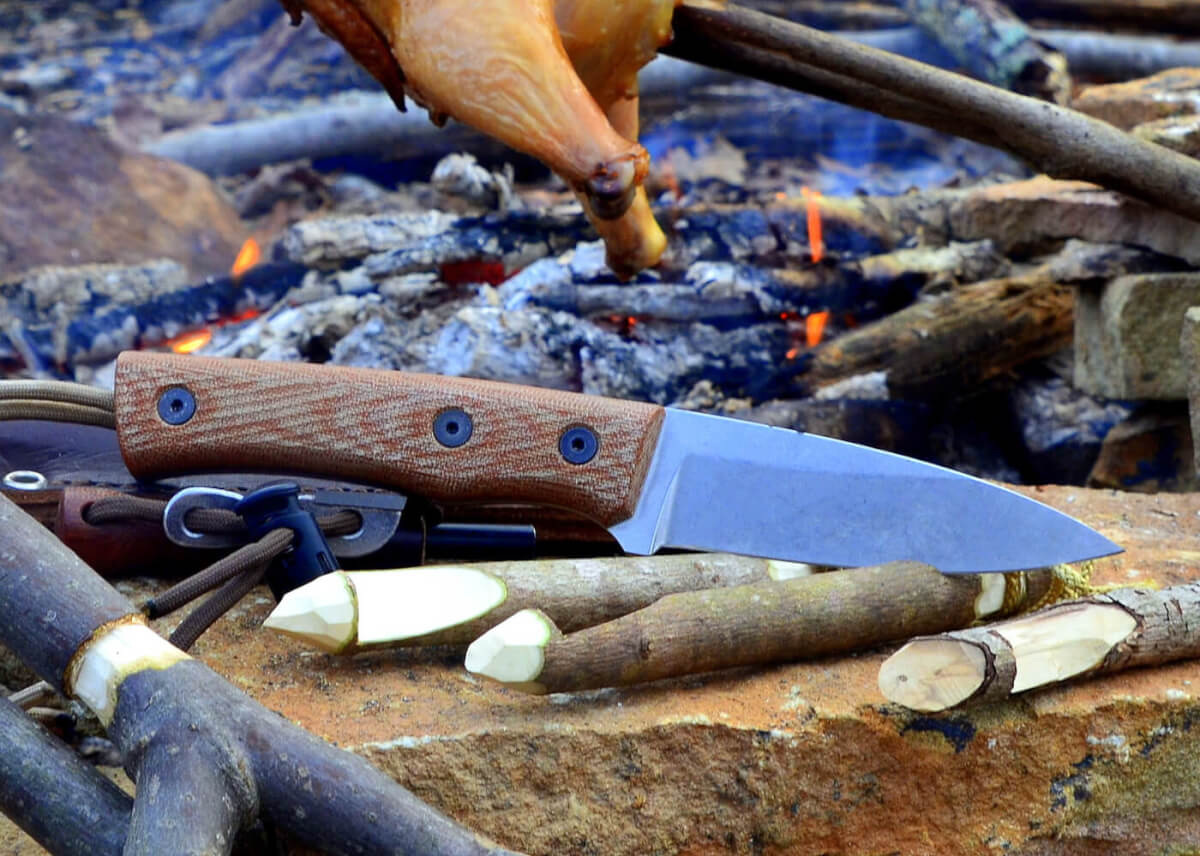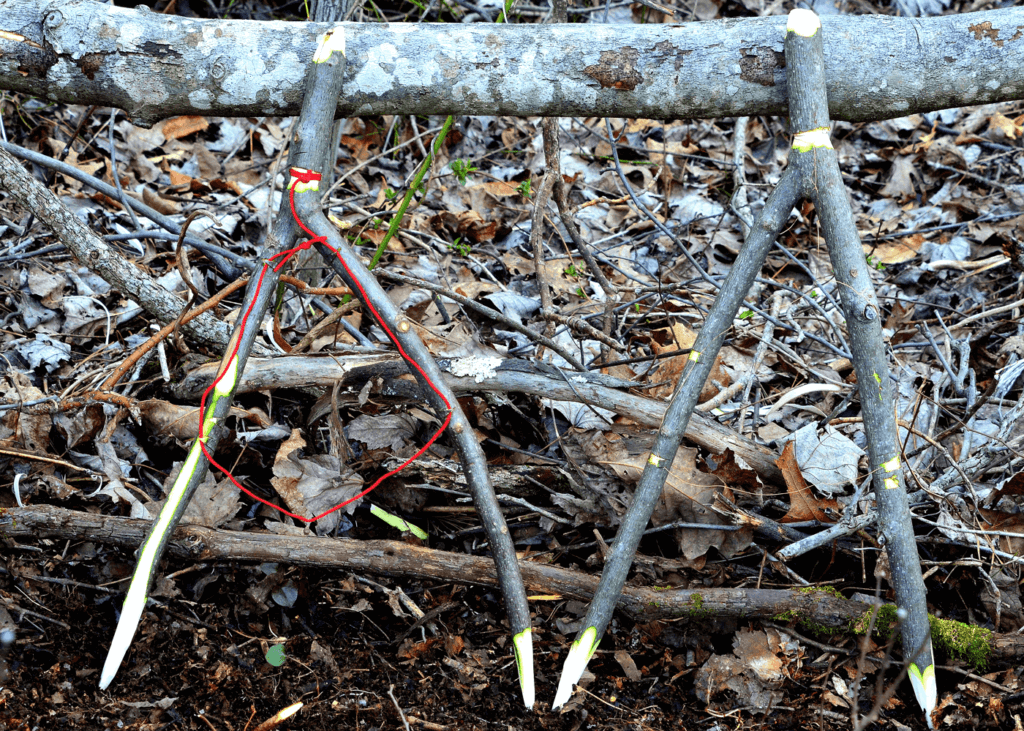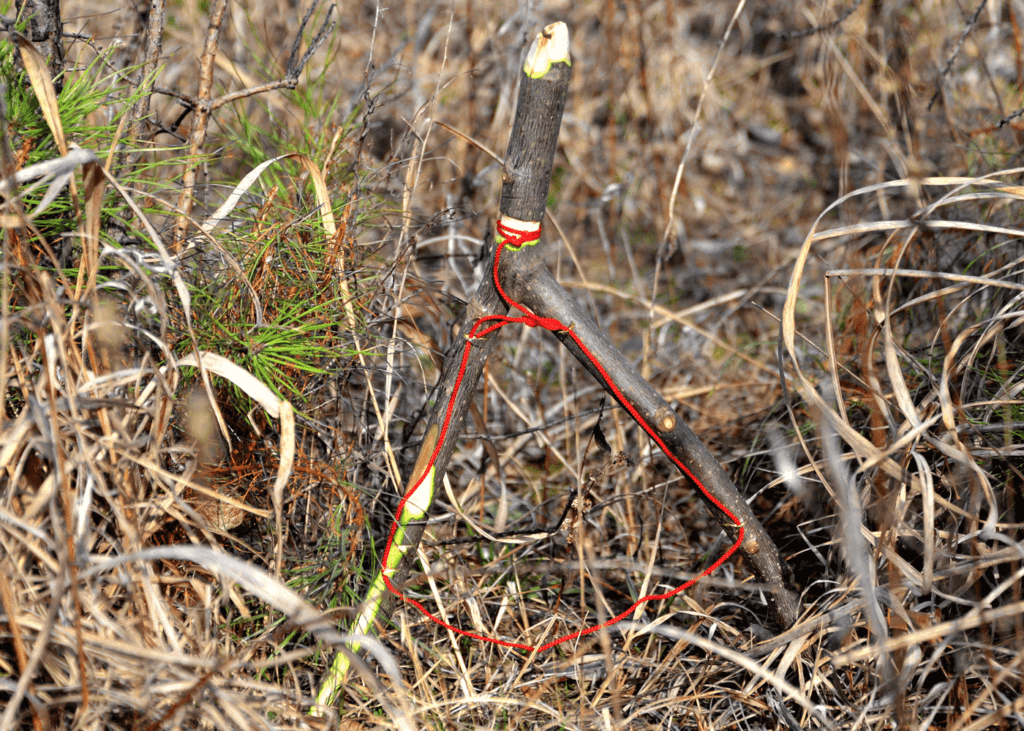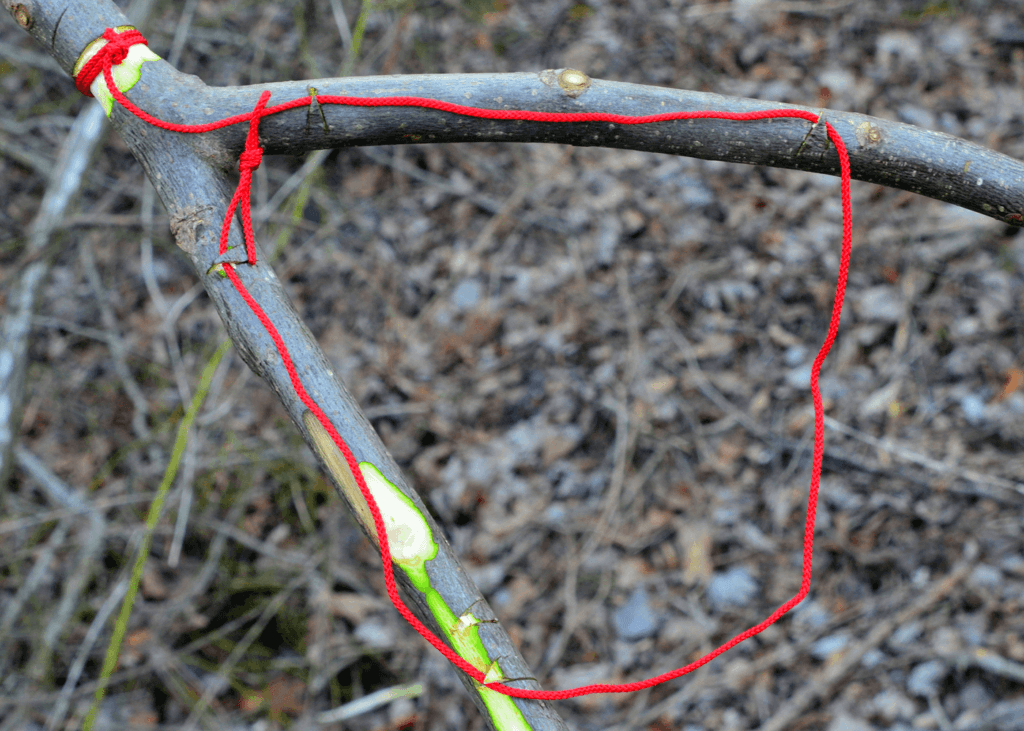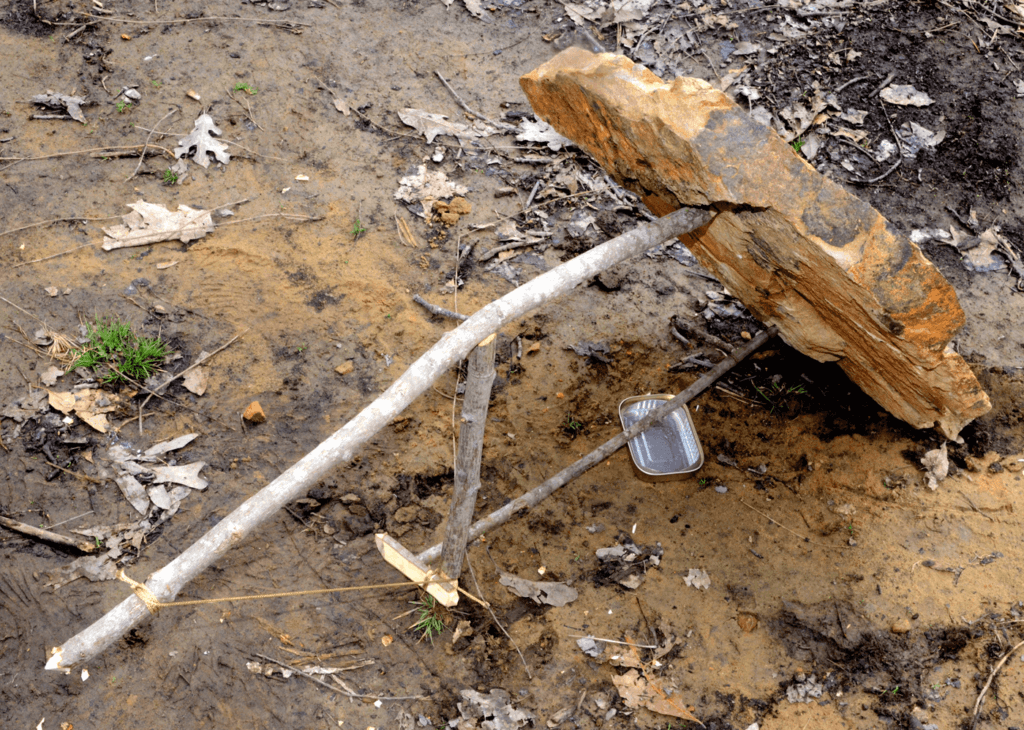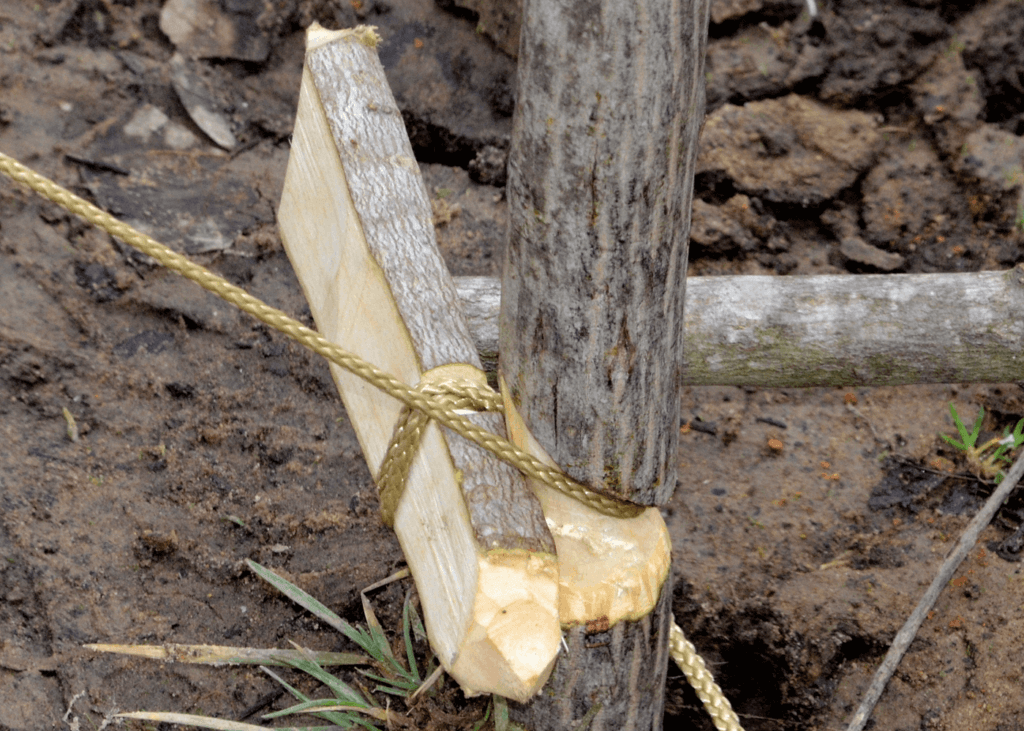It doesn’t take a world-ending scenario to create a serious survival situation, they actually occur on a fairly regular basis.
In January of 2014 unexpected weather in an unprepared city created a short term survival situation for thousands of people when a fraction of an inch of ice gridlocked traffic and turned interstates into miles long parking lots. Many struggled to survive the night, and several did not live through it.
In August of 2005 Hurricane Katrina’s landfall, with 125 mph sustained winds creating a wall of water 20 feet tall, created a large-scale survival situation for hundreds of thousands of people. More than a million people were displaced from their homes, while shelters were able to house less than 33% of them. In total more than 1,800 lives were lost. FEMA labeled Katrina as “the single most catastrophic natural disaster in U.S. History”.
Yet the world as we know it is still here more than a decade later, and many young adults have no memories of the event at all. In any survival situation there is a hierarchy of needs. In most cases it will be the same needs, but the order of importance will change based on the situation at hand. A breathable atmosphere always tops the list, but the others can vary in priority based on the season, location, weather, circumstances, and magnitude of the situation. In extreme weather, the need for shelter is an immediate must, where as in a milder climate potable water can become the priority due to a health or medical situation.
With food being the one thing a healthy and well hydrated body can go the longest without, it is most often considered a very low priority. In fact in most survival situations, which are very short term and 72 hours or less, it is so low in the hierarchy of needs that I only teach fishing, hunting, and trapping techniques in more advanced classes with experienced students.
However in extreme cases, and long-term survival situations, sustenance and nutrition will eventually rise to the top of the list of needs and become a very high priority. In the summer and autumn fruits, nuts, and tubers will often be available in most areas, depending on your location. Foraging requires less energy if you are familiar with the flora of the area, but it can be very hazardous if you are not. In this case hunting may be a better option. Also, in the middle of winter there will be little to nothing to forage, knowing how to harvest meat could save your life.
NEAR THE WATER

To study survival is to study energy conservation. It is best to work smarter, not harder in order to conserve energy and moisture. Where larger bodies of water are accessible, catching aquatic life will be less labor intensive than harvesting wild game.
Having grown up in the Southeast U.S., and having spent a great deal of time fishing recreationally and commercially, I always keep a small fishing kit in my pack. It weighs very little, and it takes up very little space. Small lures or flies are easy enough to back along, but there are usually natural baits to be found near the shore.
A variation on the snare trap can be made for catching fish using a set of L-7 trap triggers, and some cordage. Attach the fishing line to a branch over the water, then pull the branch down and hold it in place with the trap trigger tied down at an angle. When the fish takes the bait it pulls on the line, then the trigger releases, and the rising branch will set the hook. If there is a river or large creek in the area, a gill net is another effective means
of catching fish, it is reusable and requires no bait. It catches fish when they swim into the webbing. When their heads will pass through the holes to just far enough for the webbing to pass the gills they are trapped.

Unless your situation occurs on a commercial fishing boat, odds are that you won’t have a gill net with you, but by separating parachute cord down to its individual strands one can easily be made. A roll of 550 cord 50 feet long will provide enough materials for a net 15 feet long and 3 feet tall. Pieces of wood tied to the top cord for floats, and stones tied to the bottom cord for weights, will keep the net upright in the water.
ON THE LAND
There are a number of traps that can be effective to use in forests and clearings, and here diversity will be your friend. There are various types of snare traps, box traps, and dead falls that can be easily made, different trigger mechanisms for each, and placing multiple types of traps in different locations will give you the greatest chance of catching prey. The majority of wild life will be found in fields and clearings because there is more for them to eat there. Much can be learned about a location by looking at the ground, as tracks and scat will tell you what the local fauna are, as well as what they’ve been dining on.

One type of snare that is easy to use, and requires no bait, is a rabbit-snare. It is made using an appropriately-sized forked stick and a snare loop. Actual snare wire, fine copper wire, works best for this. It is easy to form and holds its shape well. However, in a pinch, the loop can be improvised using whatever small cordage you have. The finer the cord, and harder to see, the more effective it will be.
These simple traps are made by sharpening the tips of the fork, and attaching the loose end of the looped cord to the heavy stalk at the base of the fork. They are then placed upright astride a rabbit trail, with the tips shoved into the ground on each side of the trail. Then set by positioning the loop across the opening between the two legs, with the bottom of the loop a couple of inches off the ground. Rabbits are skittish little creatures, and often when they feel the loop tightening they will jump and do part of the work for you.
Dead-fall traps are another type that can be used to catch small game and fowl. One dead-fall that is easy to make and requires very little cordage is known the Paiute dead-fall. It is made using a large flat stone for the trap, with four sticks for a trigger and a some cordage to tie the trigger mechanism together. Once all of the parts are in place, the bait is placed under the trigger stick. When the animal nudges the trigger stick out of place while eating the bait the trap is sprung, the rock falls, and kills your prey.
IN CLOSING
Successfully making traps and trap triggers function as they need to in order to harvest game is something that improves with experience. The more you use them, the more effective you will be with them. However, it can be a somewhat touchy subject in some areas. Practicing the skills of making them and then setting them off you is not an issue. However, I suggest consulting local laws before conducting live tests in the wild.
If your survival situation has deteriorated to the point you have to resort to such methods to stay alive, then that is one thing, but if just practicing your skills you should be aware of the fact that poaching violations can be punished quite severely in some states.
Editor’s note: A version of this article first appeared in the How To special issue of American Survival Guide.


